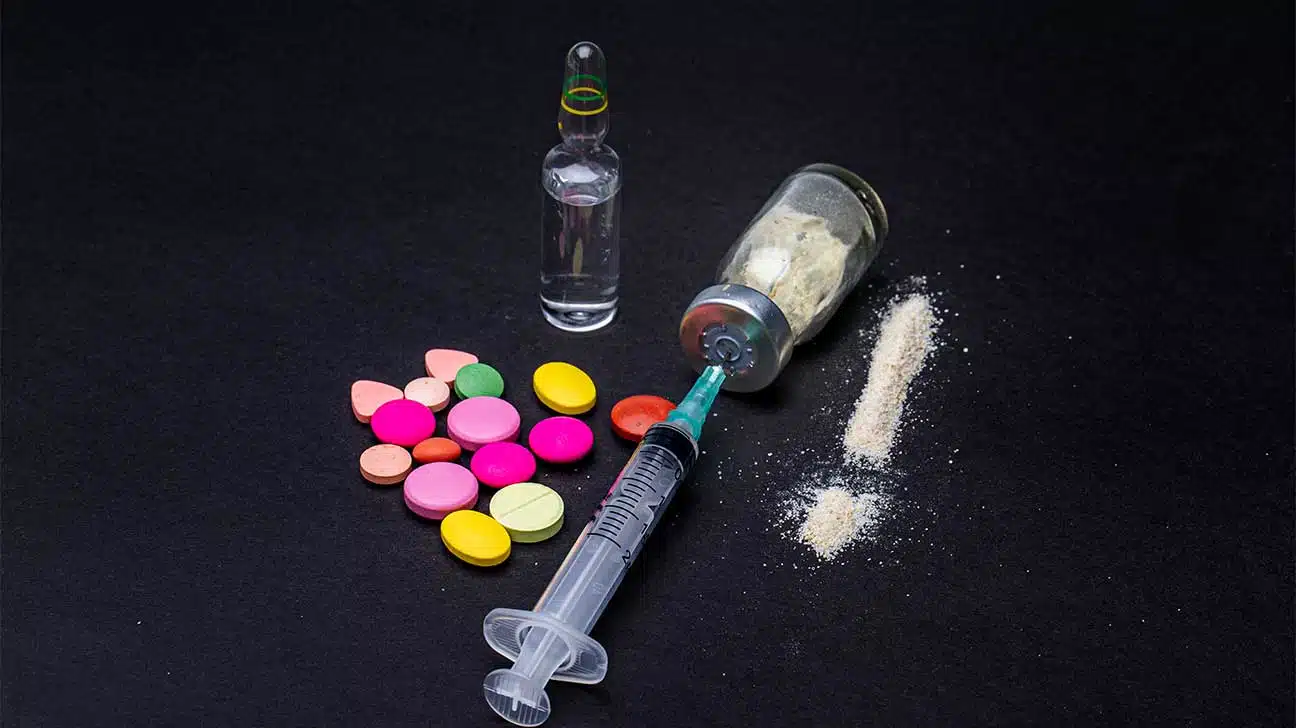
In the midst of the opioid pandemic, overdose deaths continue to rise, even as the number of prescriptions for opioids in many states declines.
In response to this public health crisis, the White House has implemented a strategy to collect data about non-fatal opioid overdoses in one place that is available to first responders and others.
Biden-Harris Administration Launches Non-Fatal Overdose Data Dashboard
On December 8, 2022, the Biden-Harris White House launched the Nonfatal Opioid Overdose Dashboard (ONDCP) as a tool in the opioid crisis.
The aim of this dashboard is to collect data in one place that is accessible to clinicians, first responders, and prescribing doctors in the emergency department.
With this data tool, the hope is that these healthcare providers and policymakers will be able to identify risk factors nationally and regionally, and direct resources appropriately.
How Does The Overdose Tracker Work?
The ONDCP collects data from the National EMS Information System and local and county-level data sources.
This practice enables first responders, doctors, and others to compare trends.
Data comparison happens in four categories:
- the percentage of people who do not go to a medical center
- following a non-fatal opioid overdose
- rate of non-lethal opioid overdoses
- how long it takes EMS personnel to reach a person who is experiencing an overdose
- how many times, on average, that naloxone is administered to individuals
With a two-week lag time, the ONDCP aspires to be the most up-to-date data tool available, putting data in graphs to make it easy to access.
The goal is for this tool to eventually incorporate overdose information on other drugs as well.
How Does Tracking Non-Fatal Overdoses Affect The Number Of Fatal Overdoses?
If the goal is fatal opioid overdose prevention, why does it matter that the ONDCP tracks nonfatal overdose deaths?
A non-fatal opioid-related overdose is actually a key indicator that a fatal opioid overdose is possible in the near future.
When people take these types of drugs, their bodies build up an opioid tolerance, requiring more of it to attain a high. When the drug reaches toxic levels it can result in an overdose death.
A non-fatal overdose indicates that a person is building tolerance to the drug, which may soon lead to a fatal overdose.
Actionable Steps From ONDCP Data
With the right opioid data, there are many actions that response efforts can take against opioid abuse.
Some actions include:
- harm reduction
- identification of those with an opioid use disorder
- identification of substance abuse treatment needs
- identification of problematic or aggravating mental health
- disorders or physical ailments such as chronic pain
- tracking of the type of opioid misuse, such as oxycodone versus illicit opioids
- directing Narcan medication and training to where it is needed
Other Types Of Opioid Overdose Tracking Tools
While the ONDCP surveillance system is the first of its kind nationally, there have been other trackers and initiatives similar to ONDCP.
These opioid overdose surveillance systems (and monitoring dashboards of other indicators) have been successful at the state and local levels.
New York
New York State has an opioid dashboard that monitors a number of categories in relation to the opioid crisis.
These categories include:
- treatment of substance use disorders according to the number of admissions to state-run drug treatment programs
- number of prescription opioids
- use of naloxone in emergency medical services
San Francisco
From December 2021 to December 2022, San Francisco monitored the number of fatal and non-fatal opioid overdoses as well as overdose reversals in the city’s Tenderloin District.
The data, which also included overdose reversals by community members and accidental overdose, was to discover where and how to direct community outreach and resources.
Marin County
Marin County, California (just to the north of San Francisco) tracked non-fatal overdoses, learning weekly patterns and indicators helpful in prevention and outreach.
National Tracking With ONDCP
The difference with ONDCP is that it collects many similar data points at city, state, and national levels in one place, and updates the information every week (with a two-week lag time).
Rise In Opioid Deaths Across The Nation
According to the National Center for Drug Abuse Statistics, opioid-involved overdose deaths started rising noticeably between 1999 and 2001.
As opioid prescriptions and dependence on pain relievers increased, so did nonfatal and fatal overdose deaths.
In 2013, overdose deaths from opioids (including prescription opioids) began rising dramatically. Currently, between 70% and 80% of overdose deaths are related to opioids.
Symptoms Of Opioid Overdose
Opioid overdose can be life-threatening primarily because it depresses the respiratory system, causing breathing to become difficult.
Symptoms of an opioid overdose include:
- shallow or labored breathing
- slowed heart rate
- pupils that are constricted and look like pinpoints
- unresponsiveness
What To Do In The Event Of An Opioid Overdose
If you know a loved one or family member is engaged in prescription drug abuse with opioids and you think he or she is experiencing an overdose, call for help right away.
First responders can treat and possibly reverse an overdose by administering Narcan but time is essential to this treatment being successful.
A person overdosing may need to go to the hospital until symptoms stabilize.
Treatment For Opioid Use Disorder
People who do not receive treatment for opioid abuse only increase their chances of opioid overdose death because of their high tolerance for the drug.
Treatment for opioid use disorder can include:
- opioid detoxification
- medication-assisted treatment (MAT) using buprenorphine or
- naltrexone
- methadone maintenance
- evidence-based therapeutic modalities such as cognitive behavioral therapy (CBT)
Find Treatment For Opioid Addiction Today
If you or a loved one are battling an opioid use disorder, addiction treatment is available. Call Addiction Resource today and learn more about finding the right rehab center for recovery.
Addiction Resource aims to provide only the most current, accurate information in regards to addiction and addiction treatment, which means we only reference the most credible sources available.
These include peer-reviewed journals, government entities and academic institutions, and leaders in addiction healthcare and advocacy. Learn more about how we safeguard our content by viewing our editorial policy.
- Centers for Disease Control and Prevention (CDC)
https://www.cdc.gov/drugoverdose/fatal/dashboard/index.html - Marin County
https://insight.livestories.com/s/v2/preventing-the-next-opioid-overdose/aa67c27f-1b19-42ca-8bd3-178f26afc91f/ - National Center for Drug Abuse Statistics
https://drugabusestatistics.org/opioid-epidemic/ - National Institute on Drug Abuse (NIDA)
https://nida.nih.gov/publications/drugfacts/heroin - New York State Department of Health
https://www.health.ny.gov/statistics/opioid/ - NPR
https://www.npr.org/2022/12/08/1141312999/white-house-new-system-track-prevent-opioid-overdose - SF.gov
https://sf.gov/data/reducing-fatal-and-non-fatal-overdoses-tenderloin - Substance Abuse and Mental Health Services Administration (SAMHSA)
https://store.samhsa.gov/sites/default/files/d7/priv/sma18-4742.pdf - The White House
https://www.whitehouse.gov/ondcp/briefing-room/2022/12/08/biden-harris-administration-launches-first-of-its-kind-national-data-dashboard-for-non-fatal-overdoses/

